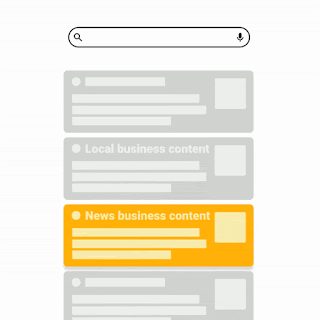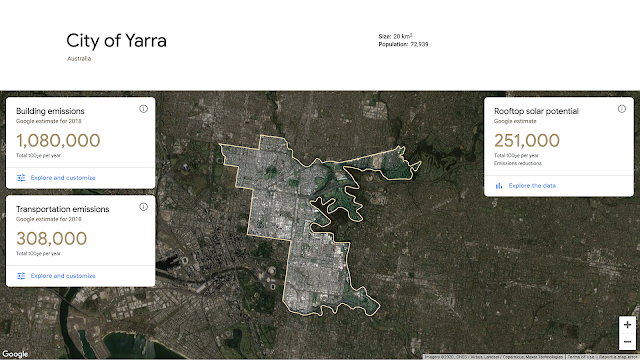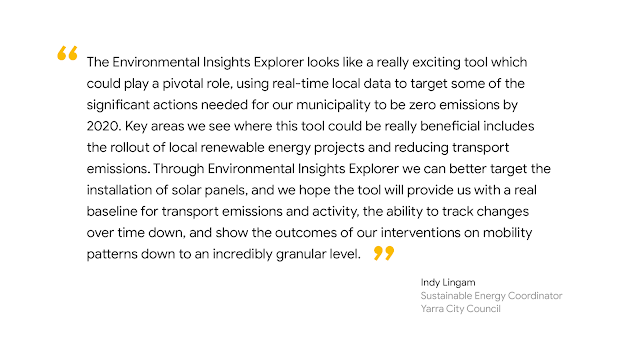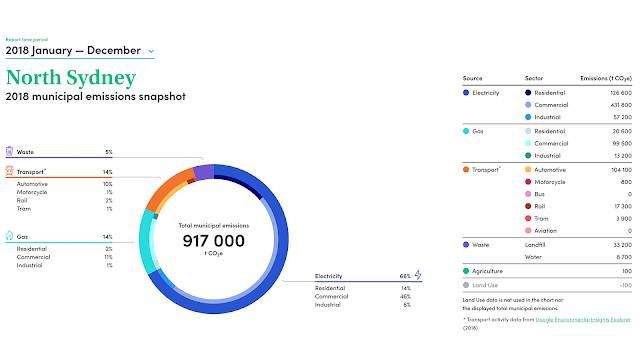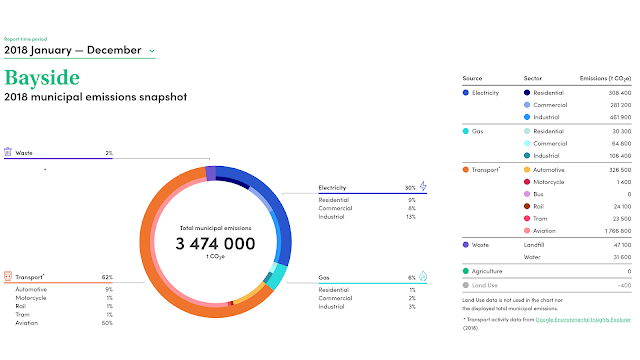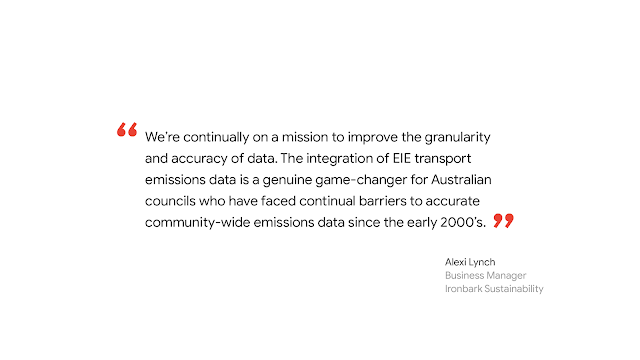Author Archives: anzprteam
Black Rainbow creates fund for the future
This is a guest blog post from Black Rainbow, an emergent organisation that is 100% Aboriginal and Torres Strait Islander LGBTIQSB led. Black Rainbow is a national Aboriginal and Torres Strait Islander Lesbian, Gay, Bisexual, Transgender, Intersex, Queer, Sistergirl and Brotherboy (LGBQTISB) organisation in the pursuit of positive health and well-being for Aboriginal and Torres Strait Islander LGBQTISB.
The COVID-related global health inequities faced by Indigenous and LGBTIQSB peoples as stand alone communities are becoming increasingly documented. However, data on those who identify as Aboriginal and/or Torres Strait Islander and LGBTIQ remain visibly absent. This absence was unfortunately no surprise, as the broader population of Aboriginal and Torres Strait Islander peoples continue to be marginalised and excluded.
Black Rainbow has seen some incremental progress with Indigenous LGBTIQSB people being recognised as a distinct population group in the 2019 Close the Gap Report for the first time in its 10-year history. What happens next and how efforts are resourced and mobilised remains to be seen. As with prior Close the Gap targets, additional targets and priority reforms are inadequate and unable to respond to the needs of the Indigenous LGBTIQSB community until we know where we are at across the whole range of targets. As it stands, Aboriginal and Torres Strait Islander LGBTIQSB peoples have zero indicators of our health and well-being status across every indicator which currently only represent our non-LGBTIQSB counterparts. This includes targets across all health, well-being, education, and justice indicators. There’s much work to be done.
We are excited to share several announcements happening in the coming months.
1. Grant funding, support by Google.org, Google’s philanthropic arm
We created an Indigenous LGBTIQSB Futures Fund with the grant funding, which was part of Google.org’s global initiative to support LGBTQ+ organisations worldwide. The Futures Fund has been created to support self-selected career development and enhancement opportunities across all professions. This includes corporate, creative industries, academia and sports. The old adage that ‘you can’t be what you can’t see’ also rings true for our community and the Futures Fund is our attempt to help increase opportunities for Aboriginal and Torres Strait Islander LGBTIQSB peoples.The Futures Fund is for Indigenous LGBTIQSB community members aged 15-35 years. From 2021-25, Black Rainbow will provide grants of up to $1000 to four Indigenous LGBTIQSB recipients each year with 20 individual grants in total.
Expressions of interest for 2021 will open in October 2020. Keep an eye on our social media accounts such as Twitter, Facebook, Instagram, and website for updates on this exciting initiative.
2. Indigenous LGBTIQSB Glossary posters
In 2019, we licensed the use of Aboriginal and Torres Strait Islander LGBTIQSB artists’ work to act as backdrops to glossary posters. Packs of six were sent out to 150+ Aboriginal & Torres Strait Islander organisations nationwide. They are now available for download, free, from our website.
In the next month we will be taking perhaps our biggest step forward with the formalisation of our board. For us, this process has been about learning to walk before we try to run and to ensure that our leadership group will continue to have equal weighting in our decision-making processes. Black Rainbow will also be seeking additions to our leadership group toward the end of the year with a view to incorporate valued diverse identities and experiences.
We are thankful for all who have supported us in our close to now seven-year history. Black Rainbow will continue to invest in our commitment to change for Aboriginal and Torres Strait Islander LGBTIQSB community. A community we live and breathe.
Black Rainbow
Them, They, Theirs
Source: Official Google Australia Blog
Environmental Insights Explorer Expands: 100 Australian councils and counting
Source: Official Google Australia Blog
Environmental Insights Explorer Expands: 100 Australian councils and counting
Source: Official Google Australia Blog
How Google supports the news industry
Just to be clear—Google does not object to the idea of an Australian Code to oversee relationships between news businesses and digital platforms. We have already made agreements to pay publishers for content through a licencing programand several Australian publishers have come on board. But what we don't agree with is a law that’s totally unworkable from a product and business perspective. We know that many voices have called for changes to the current draft law.
Now, to address some key questions we’ve heard from you about Google and news:
Question #1: How does Google use news content?
Google doesn’t “use” news content—we link you to it, just like we link you to every other page on the web—think Wikipedia entries, personal blogs or business websites. We sort through hundreds of billions of webpages to find the most relevant, useful results in a fraction of a second, and present them in a way that helps you find what you’re looking for—and then we take you to the source of that information.
Some large publishers have inaccurately accused us of “stealing” news content, but how we connect people with news content, such as articles from the Herald Sun or the Sydney Morning Herald, is no different than the way Search connects you to your footy team’s home page, a website with your favourite recipes, or official Government websites. We sent more than 3 billion clicks and visitsto Australian news publishers in 2018 - for no charge - allowing these publishers to make money by showing their own ads, showing other articles or converting people into new paying subscribers—driving an estimated $218 million worth of value.
Question #2: Do news websites have a choice whether to appear or how to appear in search results?
Yes. Most websites want people to find their content in our Search results, but if a news site (or any other for that matter) doesn’t want to show upor wants to control what is shownon Google, they can choose to do so. They can do that whether their site is paywalled or free to view.
Question #3: Does Google value news content?
Yes. We recognise its role in educating and informing Australians, and in strengthening democracy. But it represents a very small proportion of the websites that people choose to visit from our search results. And it is not financially lucrative for us.
Google makes money from ads and we don't run ads on Google News or the News Tab in Search.
Last year, only a very small percentage of Google Search queries were news-related and Google generated approximately AU$10 million in revenue—not profit—from clicks on ads against news-related queries in Australia. Most of our revenue comes from search queries for highly commercial topics, like when someone searches for 'running shoes' and then clicks on an ad. Businesses want their ads to appear against queries when a user is looking to buy a product or find a good deal. It’s these types of queries that lie at the heart of our Search ads business.
People come to Google to find many things, whether it's 'how to' videos, recipes, sport scores, weather forecasts, outfit ideas, or home insurance. News is only a very small part of this content, and represents a tiny proportion of search queries. In fact, we looked at all the billions of searches that Australians typed into Google over the past year, and found that just over 1% of these were news-related. Examples of news-related queries in 2019 are “federal election” or “bushfire”. Queries like “best running shoes”, “burger restaurant near me”, “Dean Lewis new album”, "flu symptoms" and most everything else you can think of, are not.
Question #5: How does Google financially support news media businesses?
For many years we’ve helped publishers make money by providing tools and technology that helps them sell advertising on their sites. Businesses which advertise with Google can choose to have their ads appear on news publishers’ sites with a few clicks. This removes a lot of the hard work for Australian publishers and gives them access to a huge range of new advertisers - often overseas - who work with Google. Of course we pass on the vast majority of money these advertisers pay us directly to Australian publishers.
More recently we’ve created technology to help publishers drive revenue through subscriptions. In addition, we have developed the Google News Initiative, designed to help journalism adapt to the digital age. In Australia, we have partnered with the Walkley Foundation to deliver free training for up to 5,000 journalists and students in Australia and New Zealand. Nine Australian media organisations have received our Innovation Challenge and YouTube innovation funding. We also provide emergency funding to publishers impacted by COVID-19.
And importantly, in July, we announced a series of new deals to pay to license content for a new news product going live in the next couple of months.
Actually, an analysis recently conducted for Google by the economists at AlphaBeta, shows that the loss of newspaper revenue resulted primarily from the loss of classified ads to online classifieds businesses such as Domain, Realestate.com.au, Carsales and Seek. Between 2002 and 2018, newspaper revenue fell from $4.4 billion to $3.0 billion. Of that decline, 92% was from the loss of classified ads, and most of these classified revenues went to specialist online providers that target niches such as job advertisements, second-hand goods, or real estate listings. Almost none went to Google
Source: Official Google Australia Blog
De-classified: What really happened to newspapers
 |
Source: AlphaBeta |
 |
| Source: AlphaBeta |
 |
Source: AlphaBeta |
 |
Source: AlphaBeta |
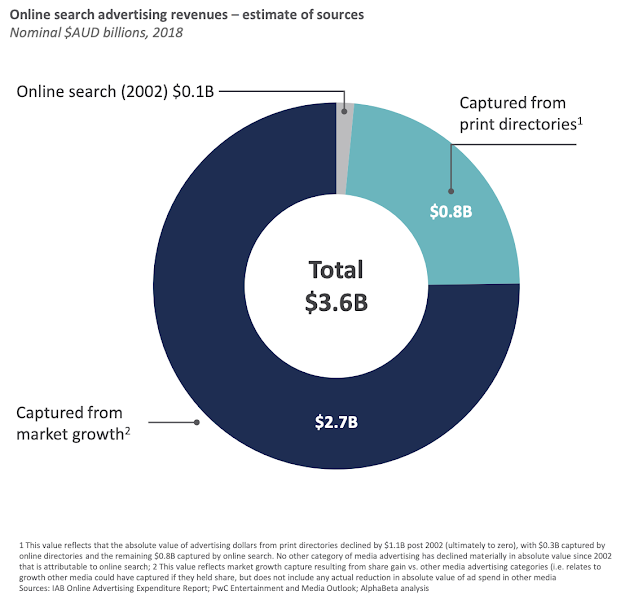 |
| Source: AlphaBeta |
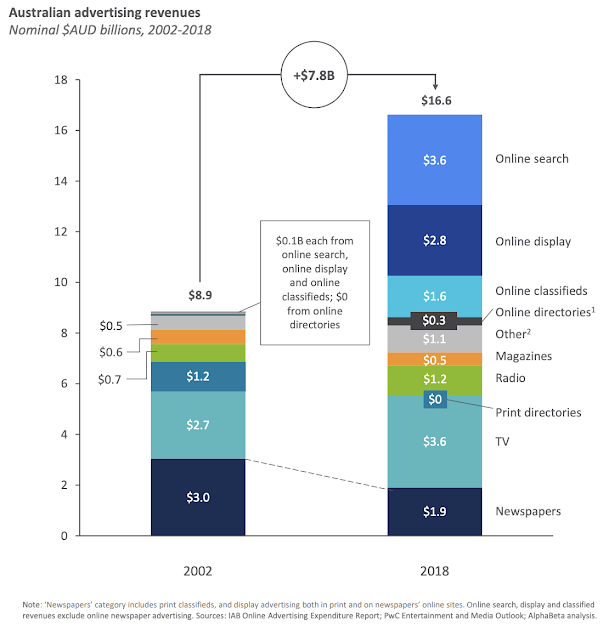 |
| Source: AlphaBeta |
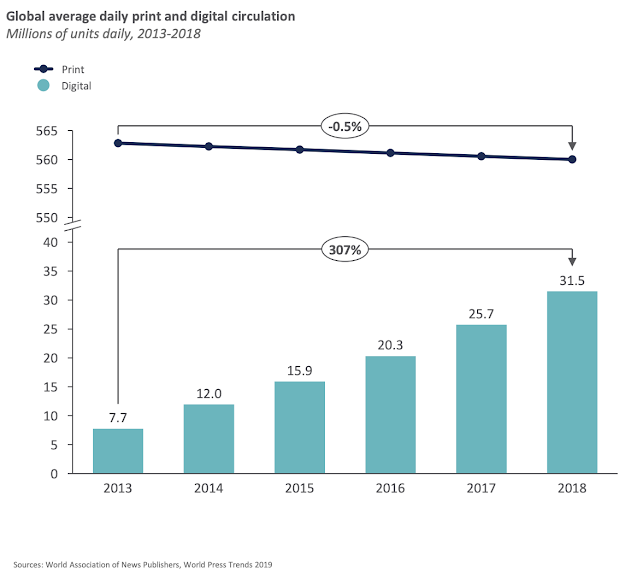 |
| Source: AlphaBeta |
Source: Official Google Australia Blog
How to Find Kid-Friendly Apps in the New Zealand Play Store
We’ve heard from parents that it’s difficult to dig through all the content that's out there for kids. Today, we’re making it easier for parents to find the good stuff, with a new Kids tab on Google Play filled with “Teacher approved” apps that are both enriching and entertaining.
“Teacher approved” kid-friendly app content
Great content for kids can take many forms: Does it spark curiosity? Does it help your child learn? Is it just plain fun? To share the best apps for kids on the Play Store, we've teamed up with academic experts and teachers, including our lead advisors, Joe Blatt (Harvard Graduate School of Education) and Dr. Sandra Calvert (Georgetown University). Apps that have been rated by teachers and meet our quality standards receive a "Teacher approved" badge.
Apps are rated on factors like age-appropriateness, quality of experience, enrichment, and delight. We include information in the app listing about why the app was rated highly to help parents determine if the app is right for their child.
Whenever parents search the Play Store, they can look for the “Teacher approved” badge to quickly see which apps have been reviewed and rated highly by teachers. If you want to browse content that's been "Teacher approved", simply go to the "Kids" tab. And, if you’re a Google Play Pass subscriber, a great selection of “Teacher approved” content is available within "Apps and games for kids."
Today’s announcement wouldn’t be possible without teachers who’ve been working closely with us for the last few years to curate apps that can help kids develop, grow and have fun. We trust teachers to enrich our kids while they’re in school, and we’re grateful they’ve shared their expertise to rate the apps kids use when they’re not in school as well.
The new Kids tab with “Teacher approved” apps is available today in New Zealand. We’d love to hear what you think as we continue to make the Play Store more helpful for parents. You can share your thoughts by opening the menu in the Play Store and tapping “Help and feedback.” And don’t forget—for parents who want to set digital ground rules for their kids, like setting time limits on the apps your child has on their device, check out our Family Link app.
Post content
Source: Google New Zealand Blog
13 things you need to know about the News Media Bargaining Code
- An obligation to share details about our algorithm changes that would provide an unfair advantage to large news businesses and help them feature more prominently in organic search results at the expense of other businesses, creators and website owners.
- An obligation to tell news media businesses what user data Google collects, what data it supplies to them, and how they “can gain access to the data” which Google does not supply to them, with a lack of detail on safeguards for demands from news businesses for access to sensitive data.
- An unfair arbitration process that ignores the real-world value Google provides to news publishers and opens up to enormous and unreasonable demands.
- If we are required to give one group special advice about how to get a higher ranking, they’d be able to game the system at the expense of other website owners, businesses and creators, even if that doesn’t provide the best result to you. If we want to keep our algorithms fair for everyone, we would have to stop making any changes in Australia. This would leave Australians with a dramatically worse Search and YouTube experience.
- Additionally, 28-day advance notice is really a 28-day waiting period before we can make important changes to our systems. That’s 28 days before we can roll out defences against new kinds of spam or fraud. 28 days of extra delay before we can launch new features that are already available to the rest of the world. And 28 days before we can fix things that break. To illustrate: in order to give you the most relevant results when you use Search, last year, we launched 3,620 algorithm updates.
Source: Official Google Australia Blog
Google Supports Scams Awareness Week

- Consider adding an extra layer of verification to help ensure only invited attendees gain access to the meeting.
- When sharing a meeting invite publicly, be sure to enable the “knocking” feature so that the meeting organiser can personally vet and accept new attendees before they enter the meeting.
- If you receive a meeting invite that requires installing a new video-conferencing app, always be sure to verify the invitation—paying special attention to potential imposters—before installing.
